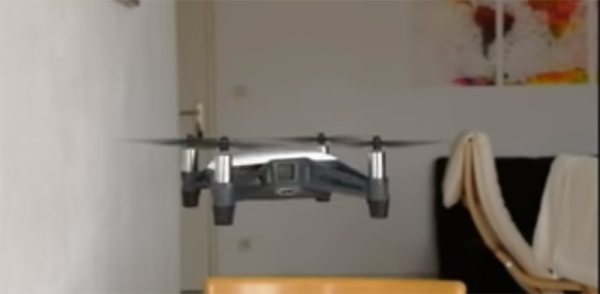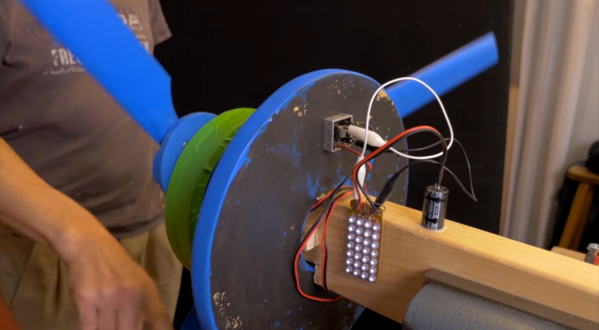In our continuing series of, ‘point and laugh at this guy’, I present a Kickstarter for the, “World’s First Patented Unhackable Computer Ever”. It’s also a real web site and there’s even a patent (US 10,061,923, not showing up on Google Patents for some reason), and a real product: you can get an unhackable laptop, and you can get it in either space gray or gold finish. This gets fun when you actually dig into the patent; it appears this guy invented protected memory, with one section of memory dedicated to the OS, and another dedicated to the browser. This is a valid, live patent, by the way.
The 2019 New York Maker Faire is off. Yeah, it says it’s still going to happen on the website, but trust me, it’s off, and you can call the New York Hall of Science to confirm that for yourself. Maker Media died recently, and there will be no more ‘Flagship’ Maker Faires. That doesn’t mean the ‘mini’ and ‘featured’ Maker Faires are dead, though: the ‘Maker Faire’ trademark is simply licensed out to those organizers. In the next few weeks, there is going to be a (mini) Maker Faire in Coeur d’Alene, Idaho, Gilroy, California, Edmonton, Alberta, Kingsport Tennessee, and a big ‘ol one in Detroit. This raises an interesting question: where is the money for the licensing going? I’m sure some Mini Maker Faire organizers are reading this; have your checks been cashed? What is the communication with Maker Media like?
Just because you can, doesn’t mean you should. It’s valuable words of wisdom like that and can apply to many things. Commenting on blog posts, for example. Yes, you can throw sticks at a wasp’s nest, that doesn’t mean you should. Yes, you can 3D print Heely adapters for your shoes, but it doesn’t mean you should. It does look dope, though and you’re automatically a thousand times cooler than everyone else.
The C64 Mini is a pocket-sized Linux device with an HDMI port meant to play C64 games. There were high hopes when the C64 Mini was announced, but it turned out the keyboard isn’t actually a mini keyboard. Now someone had the good sense to combine one of these ‘smartphone chips running an emulator in a retro case’ products with a full-sized keyboard. The C64 will be around by Christmas, and yeah, it has a full working keyboard.





















